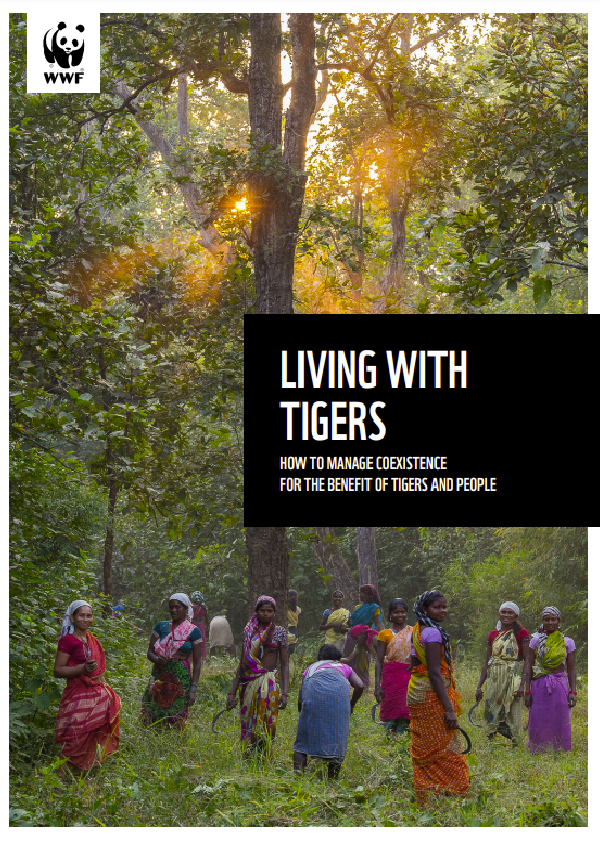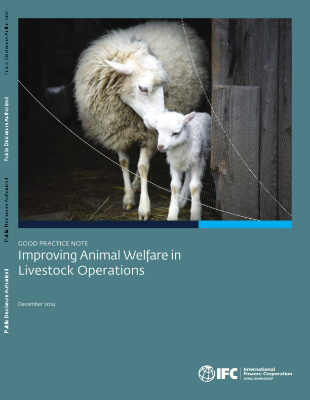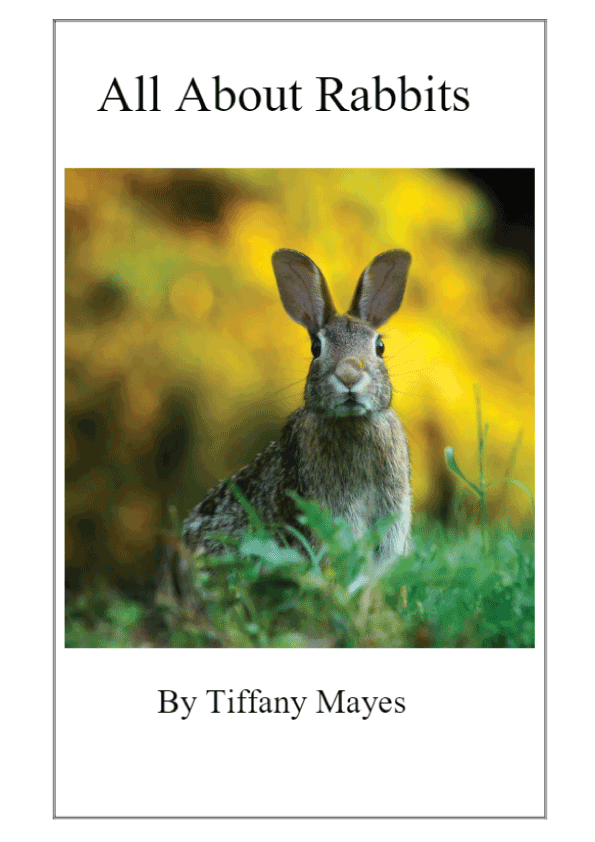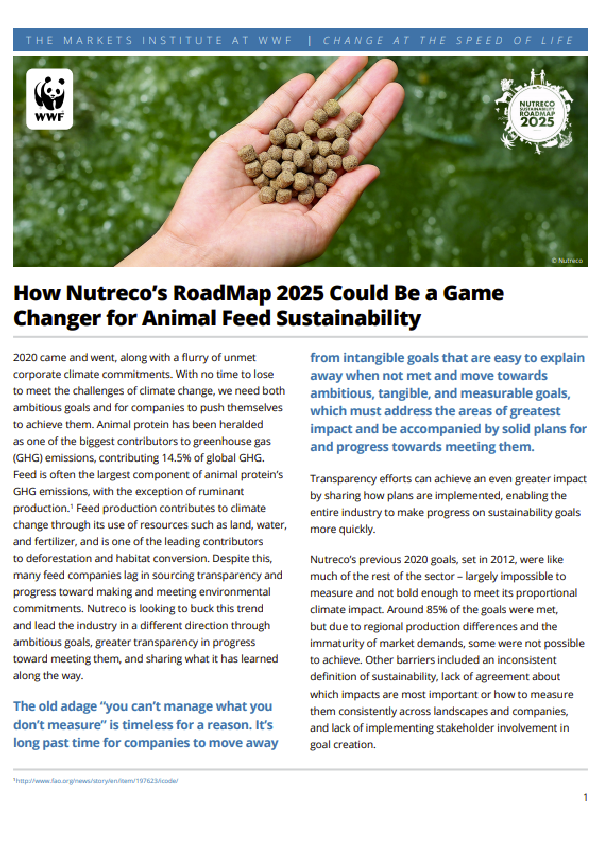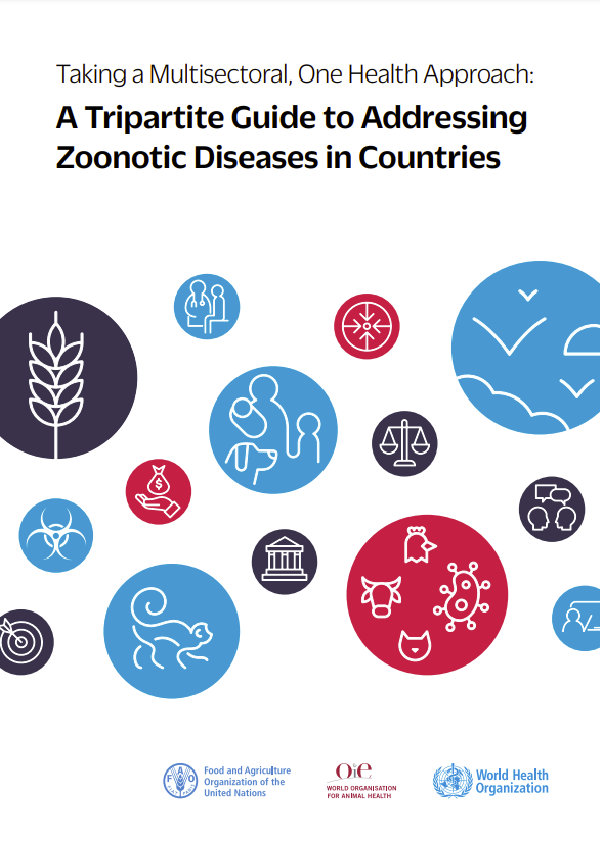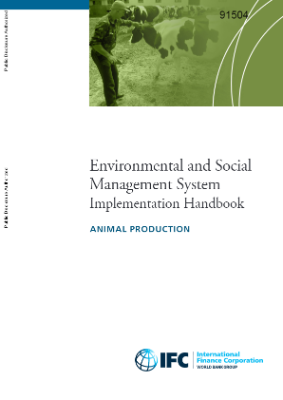The tiger is the largest living cat species and a member of the genus Panthera. It is most recognizable for its dark vertical stripes on orange fur with a white underside. An apex predator, it primarily preys on ungulates such as deer and wild boar. It is territorial and generally a solitary but social predator, requiring large contiguous areas of habitat, which support its requirements for prey and rearing of its offspring. Tiger cubs stay with their mother for about two years, then become independent and leave their mother’s home range to establish their own.
The tiger was first scientifically described in 1758 and once ranged widely from the Eastern Anatolia Region in the west to the Amur River basin in the east, and in the south from the foothills of the Himalayas to Bali in the Sunda Islands. Since the early 20th century, tiger populations have lost at least 93% of their historic range and have been extirpated from Western and Central Asia, the islands of Java and Bali, and in large areas of Southeast and South Asia and China. Today, the tiger’s range is fragmented, stretching from Siberian temperate forests to subtropical and tropical forests on the Indian subcontinent, Indochina and Sumatra.
As of 2015, the global wild tiger population was estimated to number between 3,062 and 3,948 mature individuals, with most of the populations living in small isolated pockets. India currently hosts the largest tiger population. Major reasons for population decline are habitat destruction, habitat fragmentation and poaching. Tigers are also victims of human–wildlife conflict, particularly in range countries with a high human population density.
The Living with Tigers report is in many respects a direct response to a considerable conservation success story, which is that wild tiger populations are on the rise following a 2010 agreement by tiger range countries and their partners to double the global population of the species by 2022. This recovery has been highly uneven though, with South Asia accounting for the vast majority of this increase. This is especially impressive given that it is one of the most densely populated regions in the world.
Many of the trends associated with the fast pace of change in these Asian countries are also likely to increasingly bring tigers and humans into shared spaces. The communities living with tigers are not static either – their views and ambitions are also changing in many places. Taken together, there is a very real – and understandable – risk that local tolerance of tigers could decline in the coming years if action is not taken now.
If governments intend to secure their tiger recoveries over the long-term – or further expand these gains – they will need to drastically reimagine and expand their coexistence approaches. It will also require integrating tiger conservation into the human development agenda, with Indigenous peoples and local communities, and social science experts playing leading roles in bringing this to fruition.
This will be no simple task, given the numerous and complex elements that fall under the banner of human-tiger coexistence. Living with Tigers groups these considerations under five sections and highlights many useful examples in each. Most come from tiger range countries, but not all. Applicable lessons can be learned from other parts of the world where people are finding new ways to live productively with large carnivores.
As is discussed in the epilogue to the report, now is the perfect time to reimagine how Indigenous and local communities can contribute to tiger conservation – and how tigers can provide an important boost towards the realization of local ambitions and global sustainable development goals. With the tiger range countries entering negotiations for their next 12-year strategy and goals – which will run until 2034 – there is a unique opportunity for governments to lock in coexistence and the wellbeing of those who live with tigers as a topmost priority going forward. Not doing so – or failing to back new commitments with strong national implementation – would be an incredibly risky gamble, particularly as this is an issue set to increasingly define success or failure over the coming years.
